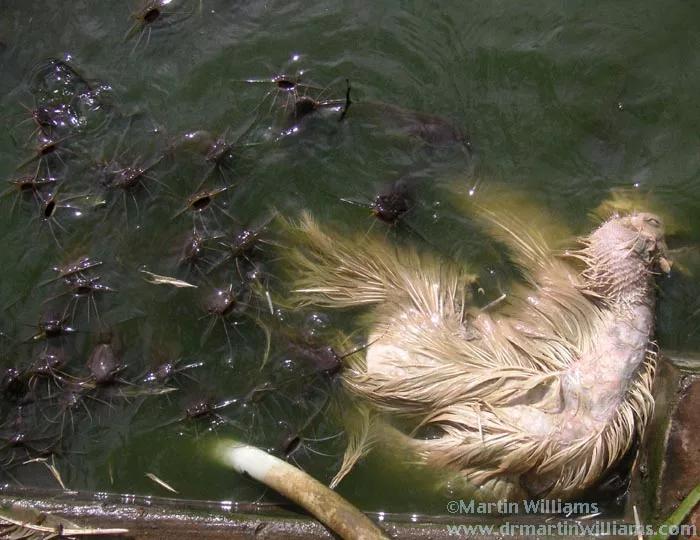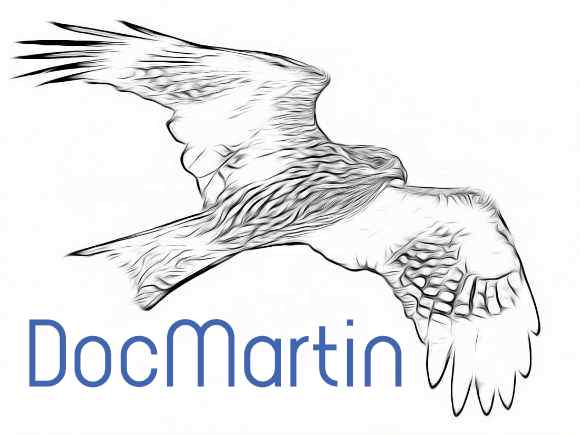Email I’ve just sent Birdlife International, in response to a rather bland email from them to supporters about avian flu, and a follow up after I sent brief email enquiry in response [added headings to help make this an online article]:
Wild birds too readily scapegoated for causing and spreading highly pathogenic avian flu
I’m in Hong Kong; took a strong interest in bird flu, inc the lies about it arising here from wild birds, the scapegoating.
Some others were also alarmed by this scapegoating; I was a member of aiwatch group set up by Richard Thomas of TRAFFIC, which shared info, including on poultry trade.
Seems to me the bland missives from Birdlife help continue this scapegoating.
Poultry industry is financially powerful; I saw messaging etc from FAO, very much giving “case” against wild birds with little or no evidence, and too little pushback from bird conservationists, just meekly accepting the rhetoric [and, perhaps, the funding! – such as for paper happily showing duck migration routes, with “assumed” to be spreading AI, nothing about the poultry trade including smuggling routes….].
Do you know of Bernard Matthews outbreak? Fancifully blamed on wild birds, though in a big sealed shed. Got compensation as I recall.
Later, info emerged on the facility having links with another in mainland Europe, in area with high path poultry flu outbreak…
I asked about origins of high path bird flu: was not just “in Asia”, but evolved in industrial poultry farming, and not just once.
No factory farming, no major outbreaks in the wild.
As AIs, several, had already evolved within wild birds; but not readily spread if kill birds – “dead ducks don’t fly very far”, as poultry disease expert Carol Cardona once emailed me.
I haven’t done so much re AI lately; have seen way too many reports of die offs in the wild.
But what the hell does “adapted to impact wild birds” even mean? What are you thinking here?!
High path avian flu impacts wild birds by definition.
Can highly pathogenic avian flu be sustained in the wild?
It’s then – To what extent can a virus that kills birds be sustained in the wild?
Where do current outbreaks come from?; are they from wild birds that somehow move around a lot, passing the virus on and on, and sometimes get outbreaks?
Or from farms; as intensive poultry farming is in a whole lot of places, and hardly real clean?

Well, probably too much in an email, and if just taking poultry industry word for things, not of much interest here.
Why [as yet] no outbreaks at Mai Po in Hong Kong?
One thing to ponder on, and still of interest to me: Mai Po here in Hong Kong [with tens of thousands of migrant waterbirds each year], has not had a bird flu die off that I’ve seen.
Years ago, this was strong evidence that bird flu was not being spread in wild birds; it’s close to original outbreaks here, in places with ornamental waterfowl.
But with all these outbreaks around the world, I sometimes wonder: why not Mai Po?
Why aren’t I seeing such die offs reported in this region; not that I want them!
I don’t know; mystery.
Not evolved to being able to resist these HPAIs; that would mean die offs too, would be obvious.
Something, then, to do with differences in poultry industry in the region?
China was “into” vaccinating poultry flocks years ago, even though globally advised against.
This may have led to “silent infections”, which became lethal in non vaccinated birds, such as in the wild.
But now? Still vaccinating? Different vaccine to that used elsewhere; and if so, does this suppress silent infections here too?
Tooth Fairy Bird the mythical spreading species; but recently, gulls???
Nial Moores of Birds Korea also got very annoyed about wild birds being scapegoated for HPAI; was among aiwatch members.
He and I wrote an article: New to Science: the Tooth Fairy Bird – H5N1 Vector
– while it’s kind of humorous, does have facts too. Had some positive responses, including from a professor as I recall [sadly, lost most of my many bird flu related emails].
Now online, among a whole lot of info on a forum I did: H5N1 Poultry Flu and Migratory Birds
Things quietened down, but in last few years an explosion of outbreaks, die offs in the wild.
Why so many?
It’s really not about “adapting”; adaptation for virus like this does not mean being so lethal that many individuals die, become extremely sick.
Might wonder about some birds being more resistant – gulls, say. But not so convincing.
I’ve read of Sandwich Terns with antibodies to HPAI; so seems they survived it. But doesn’t mean they are carriers.
Are there any differences in regional poultry farming, including vaccines used [or not used]?
Anyway, hope you’ll at least sometimes say what poultry industry – and those funded by industry or backers – say.
Much was codswallop then, and will still be the case I’d think; it’s industry after all…
Well, as you’re in Birdlife, it’s your job to try and cut through some of the poultry flu poop, and sort some truth out; be a voice for wild birds, which have too few in this case.
Highly pathogenic avian influenza variants evolve in poultry farms
This can at least include telling supporters that low path bird flus are common in the wild.
But high path versions evolve in poultry farms; I hope you’ve seen this, taken on board some ideas re disease evolution.
Your emails seem oblivious of this. Yet not new; I wrote this back in 2012 [link here avoids paywall]: Little to fear from bird flu – unless you’re a chicken
also more recent: Factory farms of disease: how industrial chicken production is breeding the next pandemic
//“Blaming migratory waterfowl … is clearly no longer a tenable position,” says Rob Wallace, an American virologist who argues that the new strains of flu emerging are adapting to industrial poultry production. “Influenza’s infiltration into industrial livestock and poultry is so complete that these farms now act as their own reservoirs [of disease],” he says. “They are their own source.”//
– well blaming waterfowl was wrong back in 1996, here in Hong Kong; first instance I know of in which mythical migratory birds were blamed for an outbreak.
– and having evolved in poultry farms, one or more of these HPAIs is now wreaking havoc in the wild, and birdlife is working on finding how to limit this, including finding if HPAI can survive in the wild [not evolve to milder ai that readily transmits, as would seem likely – otherwise, would already be many an hpai in the wild].
Emails from Birdlife International:
Here’s the first email, with rather sparse information – nothing about the poultry trade being responsible; perhaps mostly seeking funds; sent to supporters:
I replied:
Where did highly pathogenic bird flu originate from?
Or aren’t you allowed to say?
In response:
Hi Martin,
Thank you for your email and your interest in this devastating epidemic. The highly pathogenic avian influenza (HPAI) was first reported in Asia in 1996, and typically spread within poultry settings. Before 2005, HPAI in free-ranging wildlife was highly unusual, but the virus has adapted to impact wild birds.
Unfortunately, the situation is unprecedented now because of the number and types of bird species being affected, the geographical spread and conservation implications. You can read more about it in this statement made by the CMS Scientific Task Force on Avian Influenza and Wild Birds or by keeping an eye out for more emails from us where we will continue to raise awareness of this critical issue.
Thank you for your support to BirdLife Martin, please don’t hesitate to reach out if you have any further questions.
Best wishes,
Alice Didsbury-Riley (she/her)
Supporter Care Assistant
